Engineering pioneer will produce 3 vehicles from scratch in bold £2 billion venture, Financial Times reports.
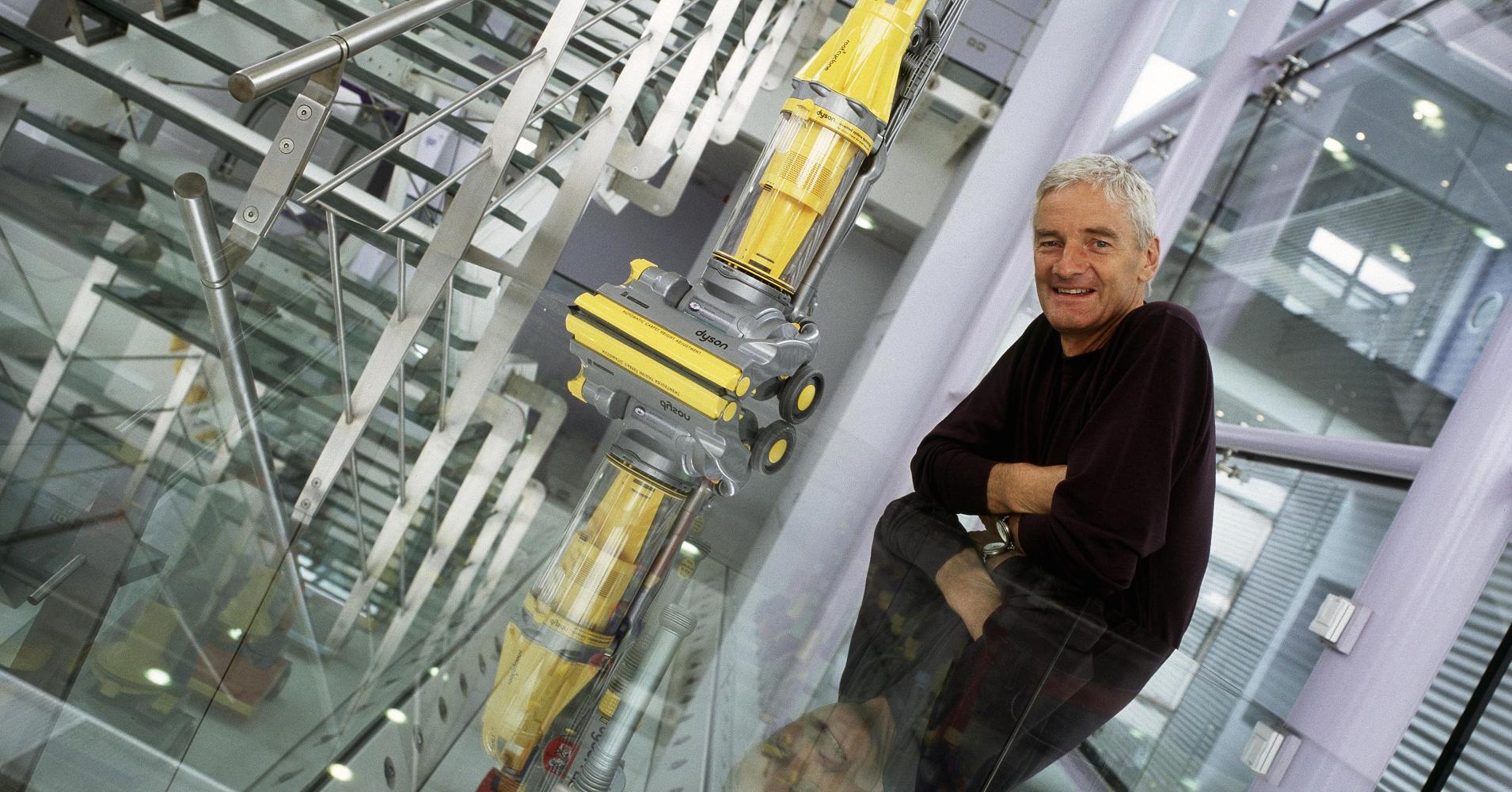

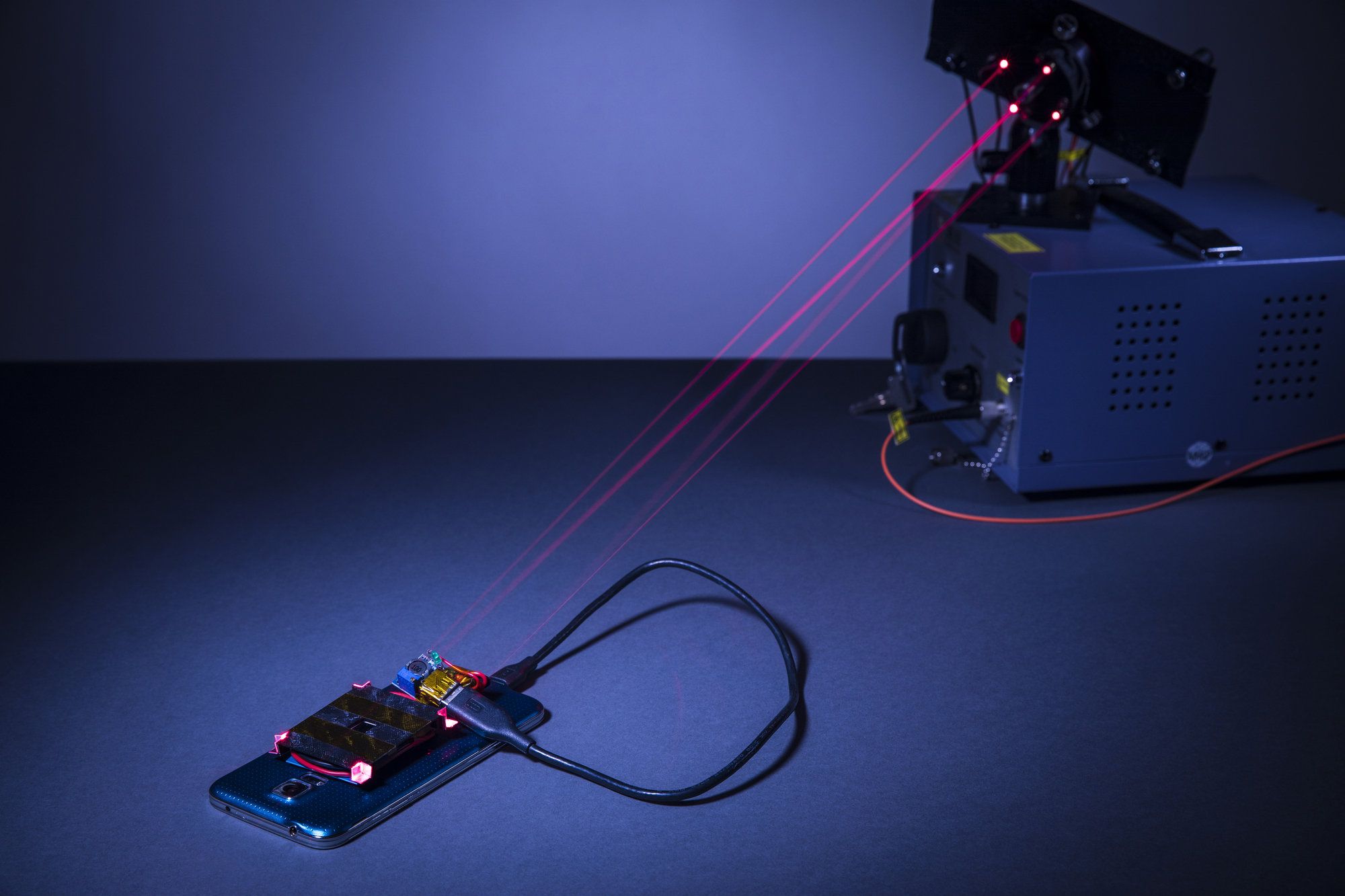
Although mobile devices such as tablets and smartphones let us communicate, work and access information wirelessly, their batteries must still be charged by plugging them in to an outlet. But engineers at the University of Washington have for the first time developed a method to safely charge a smartphone wirelessly using a laser.
As the team reports in a paper published online in December in the Proceedings of the Association for Computing Machinery on Interactive, Mobile, Wearable & Ubiquitous Technologies, a narrow, invisible beam from a laser emitter can deliver charge to a smartphone sitting across a room — and can potentially charge a smartphone as quickly as a standard USB cable. To accomplish this, the team mounted a thin power cell to the back of a smartphone, which charges the smartphone using power from the laser. In addition, the team custom-designed safety features — including a metal, flat-plate heatsink on the smartphone to dissipate excess heat from the laser, as well as a reflector-based mechanism to shut off the laser if a person tries to move in the charging beam’s path.
“Safety was our focus in designing this system,” said co-author Shyam Gollakota, an associate professor in the UW’s Paul G. Allen School of Computer Science & Engineering. “We have designed, constructed and tested this laser-based charging system with a rapid-response safety mechanism, which ensures that the laser emitter will terminate the charging beam before a person comes into the path of the laser.”

When the Chinese government released its Next Generation Artificial Intelligence Plan in July 2017, it crisply articulated the country’s ambition: to become the “world’s primary AI innovation center” by 2030. That headline goal turned heads within the global tech elite. Longtime Google CEO Eric Schmidt cited the plan as proof that China threatened to overtake the United States in AI. High-ranking American military leaders and AI entrepreneurs held it up as evidence that the United States was falling behind in the “space race” of this century. In December 2017, China’s Ministry of Industry and Information Technology followed up with a “three-year action plan,” a translation of which was recently released by New America’s DigiChina initiative.
But how do these plans actually work? There’s a tendency to place this AI mobilization within China’s longstanding tradition of centrally planned engineering achievements that have wowed the world. The rapid build-out of the country’s bullet train network stands as a monument to the power of combining central planning and deep pockets: in the span of a decade, the Chinese central government spent around $360 billion building 13,670 miles of high-speed rail (HSR) track, more mileage than the rest of the world combined.
But putting the AI plan in this tradition can be misleading. While it follows this model in form (ambitious goal set by the central government), it differs in function (what will actually drive the transformation). The HSR network was dreamed up and drawn up by central government officials, and largely executed by state-owned enterprises. In AI, the real energy is and will be with private technology companies, and to a lesser extent academia.
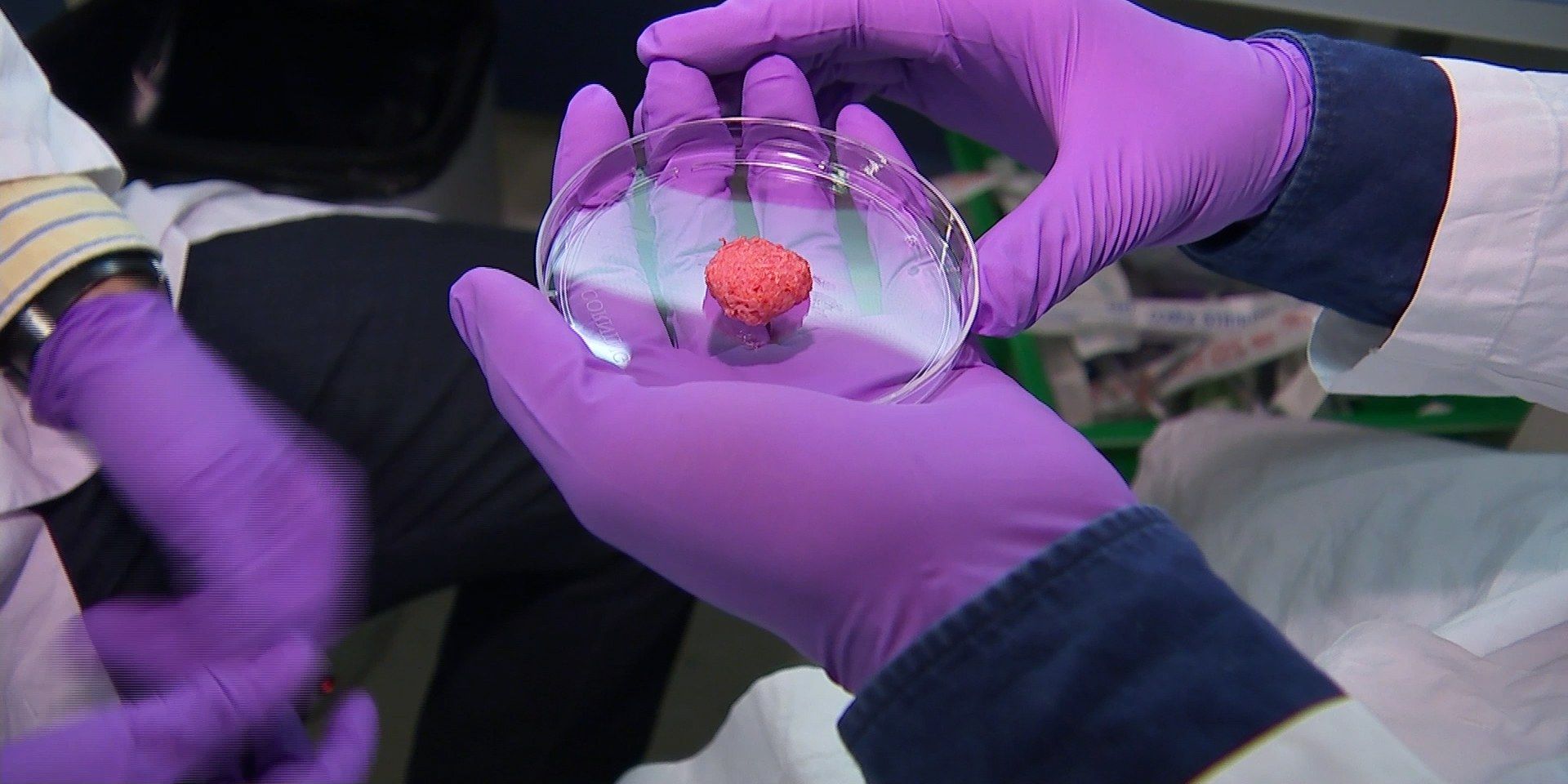
Scientists have been culturing meat in labs for years, but Just and other startups like Finless Foods, which is growing fish meat, have been feverishly pursuing this so-called “clean meat” of late. Just is chasing a cultured chorizo and a cultured nugget in addition to the foie gras. And Tetrick claims his startup has finally made the process cost-effective enough to take to market: At the end of this year, he says, Just will officially introduce an as yet undisclosed lab-grown meat, the first time the stuff will hit shelves.
The challenges of engineering meat in the lab is one thing, but convincing consumers to turn away from the storied kill-it-and-grill-it method of eating is another. And while it’s easy to imagine how lab-grown meat would be better for the planet, there’s actually little data to back that up.
Whether or not Just makes it to market this year, and whether or not their meat tastes and smells and feels like meat, the era of clean meat is approaching. (Just declined to let us taste their food, saying it wasn’t ready for public consumption.) Soon enough, burgers will grow not just in fields, but in vats. Farther down the line, your T-bones may not come from a cow, at least not in the traditional sense. If the sound of that bothers you, know that you’re not alone.
MIT 6.S099: Artificial General Intelligence class takes an engineering approach to exploring possible research paths toward building human-level intelligence. The lectures introduce our current understanding of computational intelligence and ways in which strong AI could possibly be achieved, with insights from deep learning, reinforcement learning, computational neuroscience, robotics, cognitive modeling, psychology, and more.
Ray Kurzweil is one of the world’s leading inventors, thinkers, and futurists, with a thirty-year track record of accurate predictions. Called “the restless genius” by The Wall Street Journaland “the ultimate thinking machine” by Forbes magazine, Kurzweil was selected as one of the top entrepreneurs by Inc. magazine, which described him as the “rightful heir to Thomas Edison.” PBS selected him as one of the “sixteen revolutionaries who made America.”
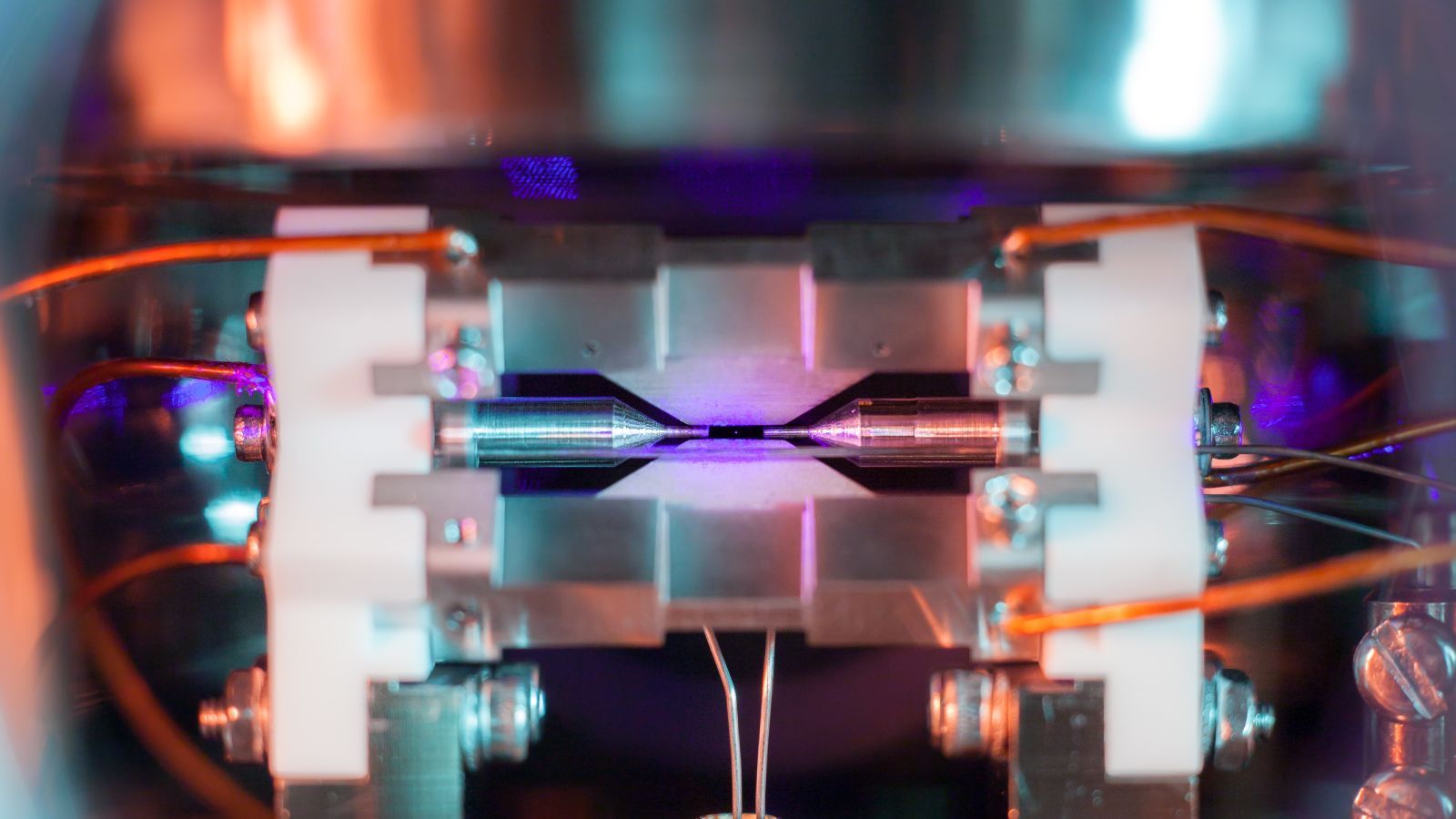
Zoom in close on the center of the picture above, and you can spot something you perhaps never thought you’d be able to see: a single atom. Here is a close-up if, you’re having trouble:
This strontium atom is emitting light after being excited by a laser, and it’s the winner of the UK’s Engineering and Physical Sciences Research Council (EPSRC) photography award. The EPSRC announced the winners of its fifth annual contest yesterday. Winning photographer David Nadlinger, graduate student at the University of Oxford, was just excited to be able to show off his research.
“It’s exciting to find a picture that resonates with other people that shows what I spend my days and nights working on,” Nadlinger told me. The best part, to him, was “the opportunity to excite people about my research, more than winning a competition.”
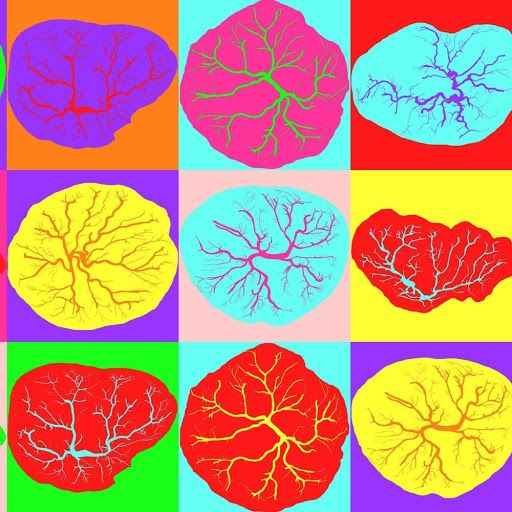
12 Feb 2018 Engineering and Physical Sciences Photography Competition 2018 Previous slideNext slide1 of 16View AllSkip Ad Second place in the Weird and Wonderful category This picture of Placental ‘Pop Art’ has won Second place in the Weird and Wonderful category of the Engineering and Physical Sciences Research Council’s annual photography competition. These images show automatically segmented chorionic vascular trees obtained from high resolution photography. Dr Rosalind Aughwane/UCL/EPSRC/PA Back to image.
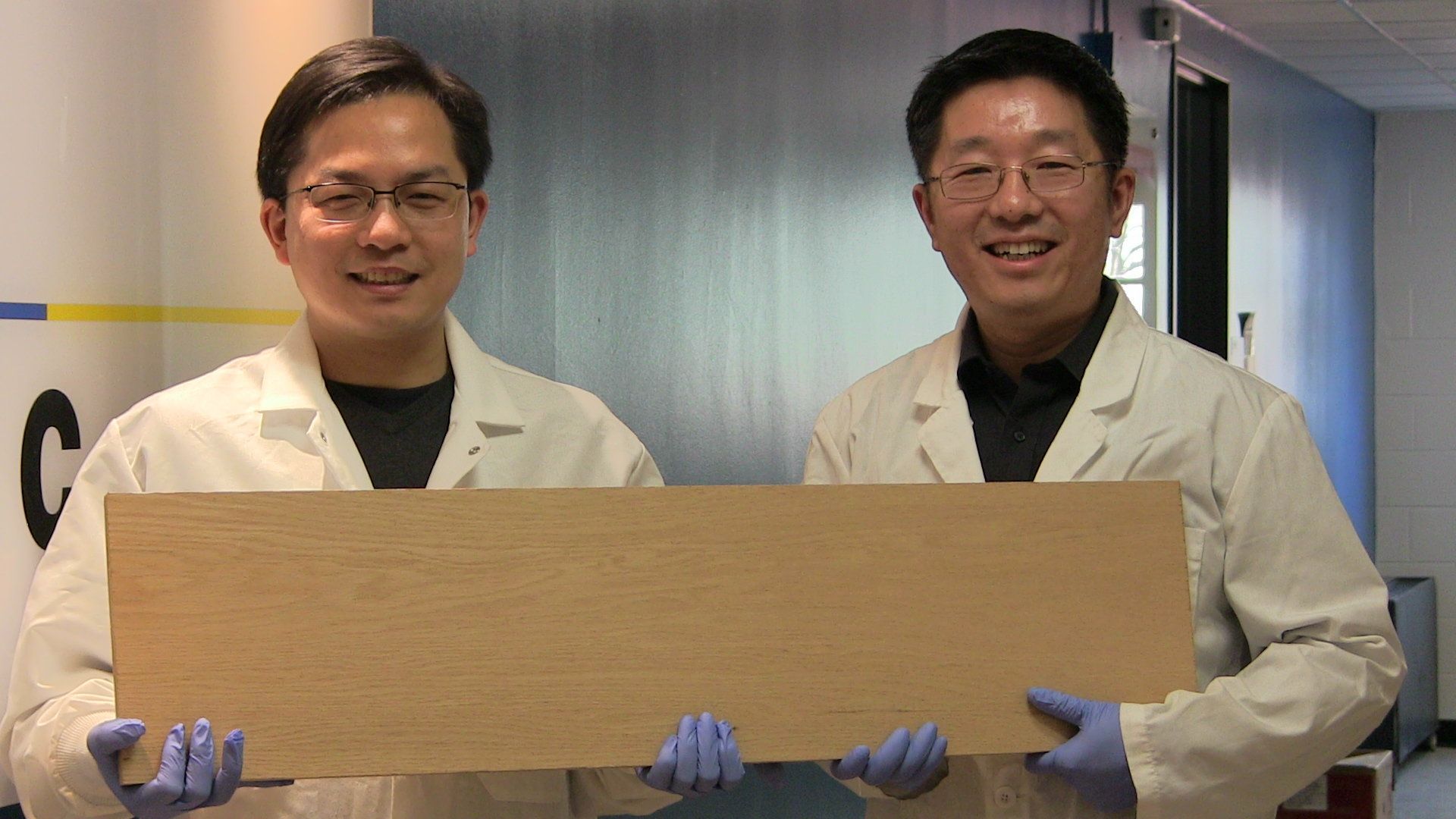
Engineers at the University of Maryland, College Park (UMD) have found a way to make wood more than 10 times times stronger and tougher than before, creating a natural substance that is stronger than many titanium alloys.
“This new way to treat wood makes it 12 times stronger than natural wood and 10 times tougher,” said Liangbing Hu of UMD’s A. James Clark School of Engineering and the leader of the team that did the research, to be published on February 8, 2018 in the journal Nature. “This could be a competitor to steel or even titanium alloys, it is so strong and durable. It’s also comparable to carbon fiber, but much less expensive.” Hu is an associate professor of materials science and engineering and a member of the Maryland Energy Innovation Institute.
“It is both strong and tough, which is a combination not usually found in nature,” said Teng Li, the co-leader of the team and Samuel P. Langley Associate Professor of mechanical engineering at UMD’s Clark School. His team measured the dense wood’s mechanical properties. “It is as strong as steel, but six times lighter. It takes 10 times more energy to fracture than natural wood. It can even be bent and molded at the beginning of the process.”

At least 200 candidates with previous careers in science, technology, engineering and math announced bids for some of the nation’s roughly 7,000 state legislature seats as of Jan. 31, according to data that 314 Action, a political action committee, shared exclusively with HuffPost.
This comes at a time when there’s only one Ph.D. scientist in Congress.

Finally, are we prepared to expand science and technology opportunities for all Americans? The United States has only 5 percent of the world’s population. To stay ahead, we’ll need to use all our assets. That means leveling the barriers for women in science and engineering, and closing the participation gap for underrepresented minorities. It also means expanding tech-driven prosperity beyond the two coasts. Pittsburgh’s success is a proof of principle, but we need to nurture at least a dozen new tech hubs across America, anchored by leading universities.
We need clear answers to six big questions.
To begin, do we care if China surpasses America as the leading spender on research and development? In 2000, China and the United States accounted for roughly 5 and 40 percent, respectively, of global R&D. In 2015, the figures were 21 and 29 percent. At this pace, the lines will cross before 2020. While the average quality of American science remains higher, that gap is closing too.
To be clear, being the global hub of innovation isn’t about bragging rights. It’s about the prosperity that comes with it.